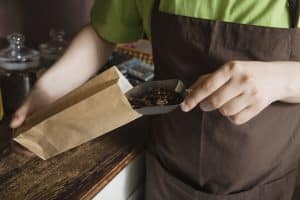
How many cups of coffee from a 12-ounce bag of coffee beans?
The answer most baristas will give you is ‘it depends’. That is not an answer! Sure, it depends on cup size, coffee strength, and brew
I had a discussion with a friend the other day.
He stated that coffee is actually a tea.
I was dumbstruck.
How can you say that! Coffee is NOT tea! But then he started talking about infusion and percolation, and chemistry. At that point, I knew I had something I needed to look into.
I wanted to find out for sure: is coffee technically a tea?
The short answer: it’s complicated.
Coffee is not a tea if you refer to “tea” as the beverage. But if you refer to tea as a beverage made through the process of infusion, it might be. Depending on the brew method you use.
Of course, there’s more to it than that. So let’s dive in and find out what’s what.
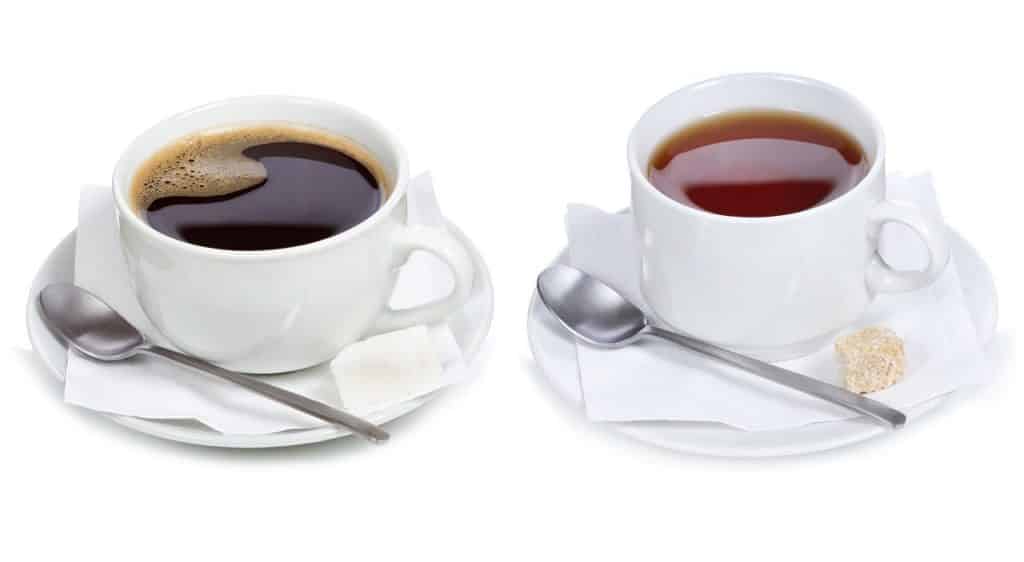
Tea is an infusion of tea leaves in hot water. Infusion occurs when you place certain ingredients in a liquid to extract flavor compounds (or properties like color).
This liquid can be water but also oil or alcohol. An infusion is sometimes called a tea. But when we refer to tea (as in the beverage), we specifically mean an infusion of hot water and the leaves of the Camellia Sinensis.
Fun fact: herbal “tea” is not real tea. The infusion of herbs (like chamomile, mint, or Rooibos) is actually called a tisane. So, remember: tea is made with tea leaves, and herbal “tea” is a tisane.
Now we know that tea is an infusion. But all teas might be infusions; not all infusions are necessarily teas. Coffee can be an infusion, but more often, it is not.
Whether coffee is an infusion depends on the brew method. Some brew methods use infusion to transfer flavor compounds, fats, and color to hot water, but most use a different process.
The most used process for making coffee is called percolation.
Brew methods that allow the ground coffee to be steeped in hot water are infusion-type brew methods. The most common coffee brewing methods that use infusion are the French Press and the Aeropress.
When you make coffee in your trusty drip coffee maker or use a pour-over method like a Hario V60, Chemex, or a Kalita Wave, the process of percolation is used. An espresso machine also uses the process of percolation to make coffee.
Infusion uses steeping to transfer flavor and color (among other things) to the beverage. Percolation is the process of filtering a liquid (like hot water) through a porous material (i.e., a bed of ground coffee and a paper filter.
In most cases, the liquid runs through the porous material by the force of gravity. But, with an espresso machine, the water is forced through the ground coffee at a certain amount of pressure.
The difference between the two can be explained by going into the science behind it. But I won’t. I’m not a chemist, and the fundamental differences can be explained without equations and graphs. The key difference is time. The hot water is in contact with the ground coffee for a shorter time when using a percolation method. Imagine a pour-over cone filled with a paper filter and ground coffee. The water you pour on there runs through it in a few seconds. When you add hot water to a French Press coffee maker filled with coffee, it usually sits in there for 2 to 4 minutes.
Only when the water is in contact with the ground coffee can it extract flavor. So, in theory, an infusion (or immersion as it is usually called in the coffee-making world) will extract more flavor.
However, there are a few other variables that have to be accounted for. The most important of those is grind size. By grinding coffee beans finer, you increase the surface level of the coffee that is in contact with water. A larger surface level also increases the level of extraction.
That is not to say that an infusion/immersion brew with very finely ground coffee results in the optimal cup of coffee. You have to remember that the goal of making coffee is to extract the optimal amount of desirable flavor compounds. An infusion or immersion brew method combined with very fine ground coffee will usually result in an extraction with many off-flavors (mainly harsh bitterness). That’s why most immersion brew methods will use a more coarse grind.
Now that you know the differences between percolation and immersion (infusion), the question remains: why do they taste so vastly different?
The difference in taste lies mainly in the amount of dissolved solids in the final cup of coffee. A filter will usually separate more solids from the beverage than a mesh strainer (like the one you find in a French Press). But, again, it is all about finding the optimum. For example, a French Press coffee (immersion/infusion) has a bigger “body” than a pour-over coffee because a French Press has less solids filtered out. But pour-over coffee has far more citrusy and floral notes because more solids have been filtered out.
So, an immersion brewed coffee cup will taste different from a cup brewed with percolation. Neither is objectively better. It is all a matter of taste. Which do you prefer?
Back to the question at hand: is coffee technically a tea. If you specifically refer to the beverage we generally call tea, then no. Coffee is not made by steeping the processed leaves of the Camellia Sinensis plant in hot water.
But, if you refer to tea as a liquid made through the process of infusion, the answer is: maybe. It depends on the brew method. Brew methods that steep ground coffee in hot water are an infusion and could thus be considered a tea. The most common infusion brew methods (immersion brew methods as they are called in the coffee business) are the French Press and the Aeropress.
Even though this is not a simple yes or no answer, I hope this settles your coffee house dispute : )
My two cents: why bother mixing up the language? Just call coffee “coffee” and tea “tea” (remember: herbal tea is not a proper tea! but it *is* an infusion!… argh! another rabbit hole!)
Let’s close off with a fun fact. Did you know that there is such a thing as coffee tea? It can be either of two things.
First, a tea made from the roasted leaves of the coffee plant. In Ethiopia, they have been making tea with roasted coffee plant leaves for hundreds of years, and they call it “Kuti.” Kuti is similar in taste to green tea but (funny enough) with less caffeine.
Second, a tea made from the dried skins of the coffee cherry. Coffee beans are, as you probably, know the fermented, dried, and roasted seeds of the coffee cherry. In a few coffee-producing countries, the skins or husks of the coffee cherry are preserved and tried to make tea. Coffee cherry tea is most commonly found in Bolivia (where it is called “sultana”), Yemen (where it is called “qishr”), and Somalia (where it is called “bun”). The taste has been described (I haven’t had it myself) as slightly sweet and cherry flavored.
That’s it! Now you know coffee is not tea, but it might be. And the only real coffee-tea is made from cherries or leaves.
Caffeinated greetings,
Monsieur Coffee
Would you like to learn more about coffee? Consider our article answering: are coffee beans a fruit?
MonsieurCoffee.com is a participant in the Amazon Services LLC Associates Program, an affiliate advertising program designed to provide a means for sites to earn advertising fees by advertising and linking to Amazon.com. We earn small commissions on purchase made through links on this site, at no extra costs to you.

The answer most baristas will give you is ‘it depends’. That is not an answer! Sure, it depends on cup size, coffee strength, and brew
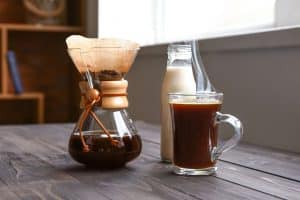
I love making coffee with a Chemex. It is a great piece of gear and the coffee you get from it is just delicious. But
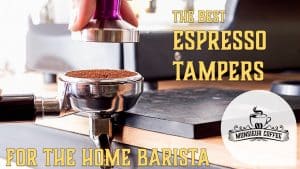
A good quality coffee tamper or espresso tamper is an essential tool for the serious coffee lover or aspiring (home) barista. Unfortunately, there are A
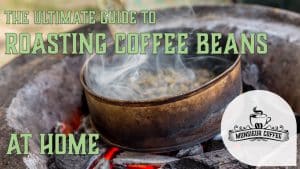
Roasting your own coffee beans at home is all about taking your coffee experience to the next level. Having access to freshly roasted coffee beans